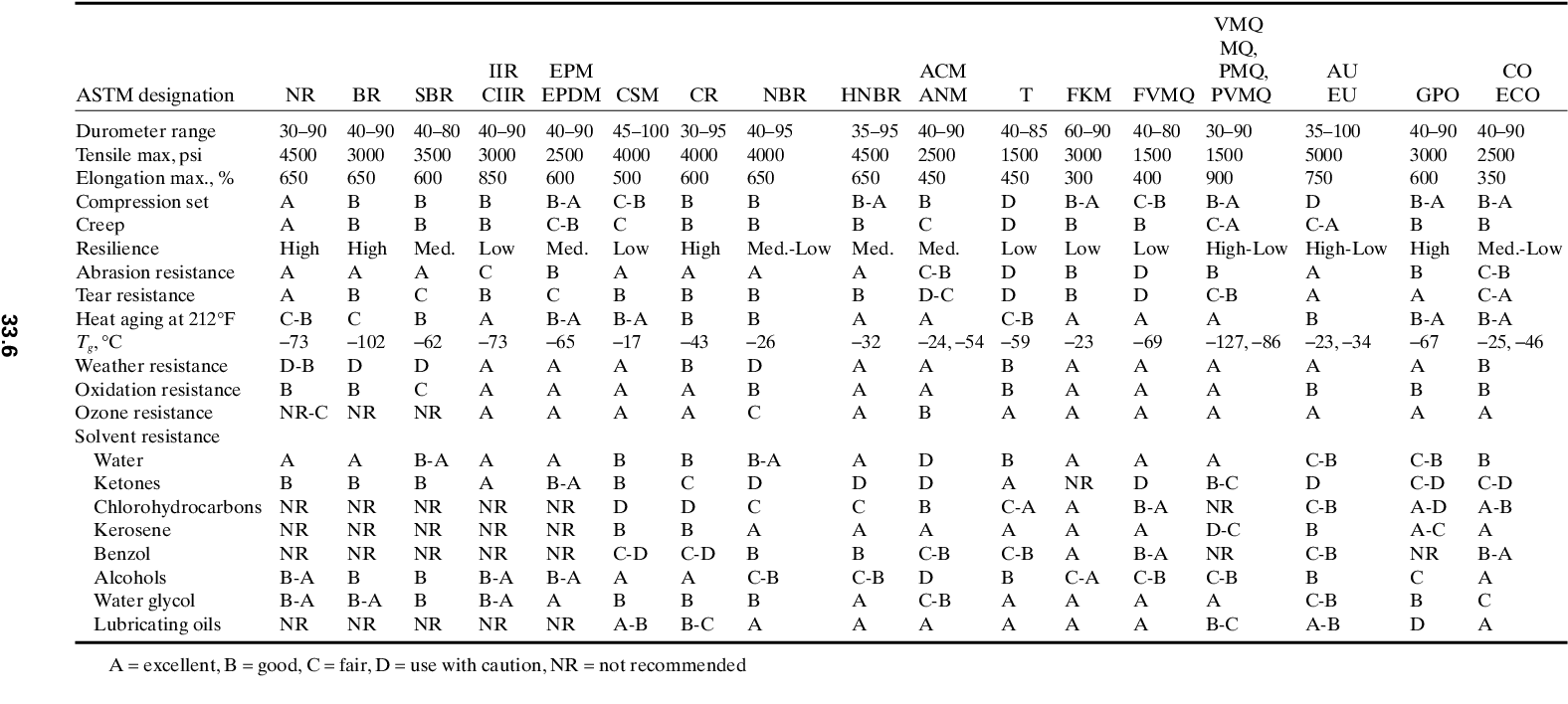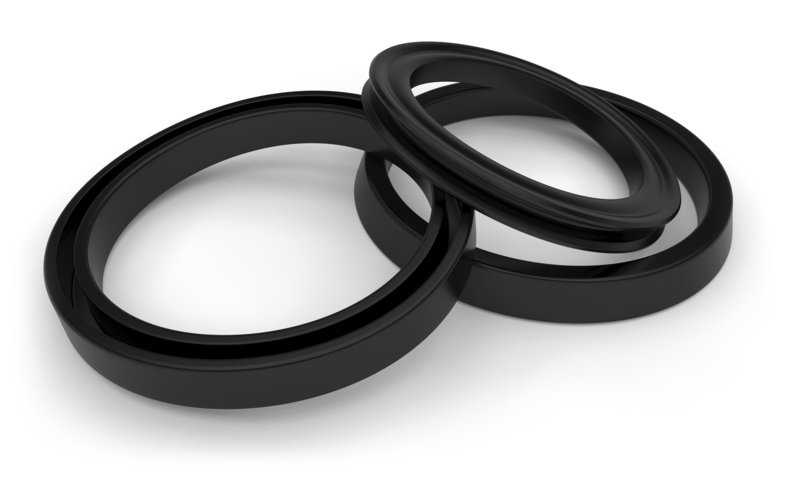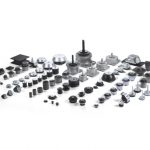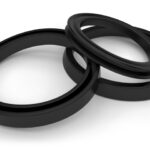Rubber Properties Selection Guide
Rubber Properties
We are able to Provide a Large selection of Rubber for your specific needs and application. Kindly Get in Touch with us to find out which Kind of Rubber is more suitable for your requirement. It is important to note that rubber formulations vary depending on the specific application and desired properties of the final product.
Some common types of rubber formulations include:
- Natural rubber: This is made from the sap of rubber trees and is known for its excellent elasticity and tear resistance. It is often used in applications such as tires, seals, and hoses.
- Styrene-butadiene rubber (SBR): This is a synthetic rubber that is made from a mixture of styrene and butadiene. It is known for its good abrasion resistance and is often used in applications such as tires and conveyor belts.
- Nitrile rubber (NBR): This is a synthetic rubber that is made from a mixture of acrylonitrile and butadiene. It is known for its excellent oil resistance and is often used in applications such as fuel hoses and seals.
- Chloroprene rubber (CR): This is a synthetic rubber that is made from chloroprene. It is known for its good heat resistance and chemical resistance and is often used in applications such as seals and hoses.
- Ethylene-propylene-diene rubber (EPDM): This is a synthetic rubber that is made from a mixture of ethylene, propylene, and a diene. It is known for its excellent weather resistance and ozone resistance and is often used in applications such as weatherstripping and roofing membranes.
- Fluoroelastomers (FKM): This is a synthetic rubber that is made from a mixture of fluoroelastomers and is known for its excellent chemical resistance, heat resistance and high durability.
- Silicone rubber: This is a synthetic rubber that is known for its excellent temperature resistance, chemical resistance, and flexibility.
These are just a few examples of the many types of rubber formulations that are available. Each one has its own unique properties and is best suited for specific applications. Rubber formulations can also be customized by adding various ingredients such as fillers, reinforcing agents, and curing agents to achieve specific properties. It’s best to consult with experts in the field to determine the most appropriate rubber formulation for your specific application.




